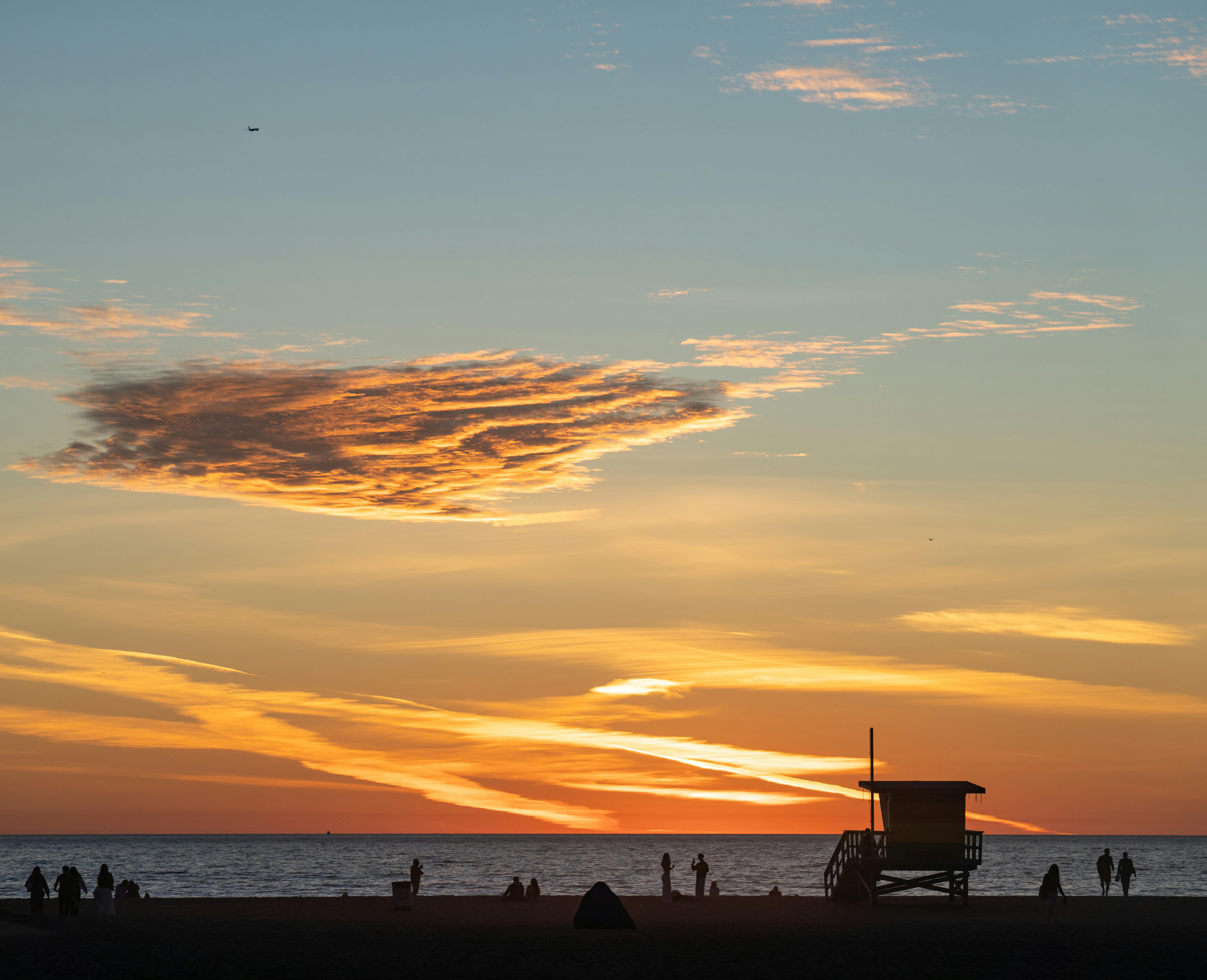A massive cloud of Saharan dust—nearly the size of the continental United States—is drifting across the Atlantic and settling over parts of the southeastern U.S. this week. While the atmospheric phenomenon creates striking visuals and elevated health alerts, travelers are advised to be aware of potential impacts on air quality, visibility, and outdoor plans—though disruptions to commercial flight operations remain unlikely.
The plume, known as the Saharan Air Layer (SAL), arrived on the U.S. Atlantic coast early Wednesday, June 4, bringing hazy skies from Florida to Texas. According to the National Oceanic and Atmospheric Administration (NOAA), this dust storm spans approximately 2,000 miles in width—making it one of the most extensive of its kind in recent years.
What Travelers Should Know
While the dust cloud is not expected to delay flights or disrupt air traffic, travelers—especially those with respiratory conditions—should take precautions. The fine particles in the air can aggravate asthma, allergies, and other lung-related issues. Those flying into or out of major Southeast hubs such as Orlando, Miami, Atlanta, and Houston may notice poor visibility upon descent or while on the ground, though air traffic controllers and airlines report operations remain normal as of midweek.
Local NOAA offices, including the one in Melbourne, Florida, have received increased inquiries from travelers concerned about the hazy conditions. The agency assures that while the scene may look unsettling, the dust is not posing a hazard to flight safety.
Outdoor Travel Plans May Be Affected
Tourists and business travelers with outdoor plans—such as visiting beaches, national parks, or attending outdoor events—should be mindful of the air quality and heat levels. The dust cloud contributes to higher temperatures by trapping heat and lowering atmospheric moisture, which can make daytime excursions uncomfortable, especially for sensitive groups.
Air quality advisories are in effect across several states, urging people with respiratory conditions to limit time spent outside. Travelers may want to monitor local forecasts and pack appropriate gear such as N95 masks, eye protection, and hydration supplies, particularly when planning outdoor activities.
Impact on Cruise and Maritime Travel
While less visible, Saharan dust can also reduce visibility over water, potentially affecting recreational boating and cruise experiences in the Caribbean and Gulf of Mexico. So far, no significant delays or route changes have been reported by major cruise lines, but passengers should stay informed through their cruise providers.
A Natural Check on Hurricanes
Despite the inconveniences, travelers heading to hurricane-prone regions can take some comfort in knowing that Saharan dust events like this can suppress tropical storm development. The dry air stabilizes the atmosphere and reduces the chances of storms forming or intensifying—good news as hurricane season begins.
Travel Tips During a Saharan Dust Event:
Check air quality alerts before booking or heading to outdoor destinations.
Monitor flight status via airline apps or airport websites for any potential weather-related advisories.
Pack protective items like masks and sunglasses, especially if you’re prone to respiratory issues.
Stay indoors during peak heat if traveling in areas heavily affected by the dust.
Plan for limited visibility in scenic or photographic destinations.
Though dramatic in scale and appearance, the Saharan dust cloud is not expected to majorly impact air travel or transportation infrastructure. Still, travelers across the Southeast U.S. and Caribbean are encouraged to stay informed and take common-sense precautions as the plume lingers over the region in the days ahead.
For the latest travel alerts and air quality updates, visit NOAA.gov or consult your airline, airport, or cruise provider directly.





Comments